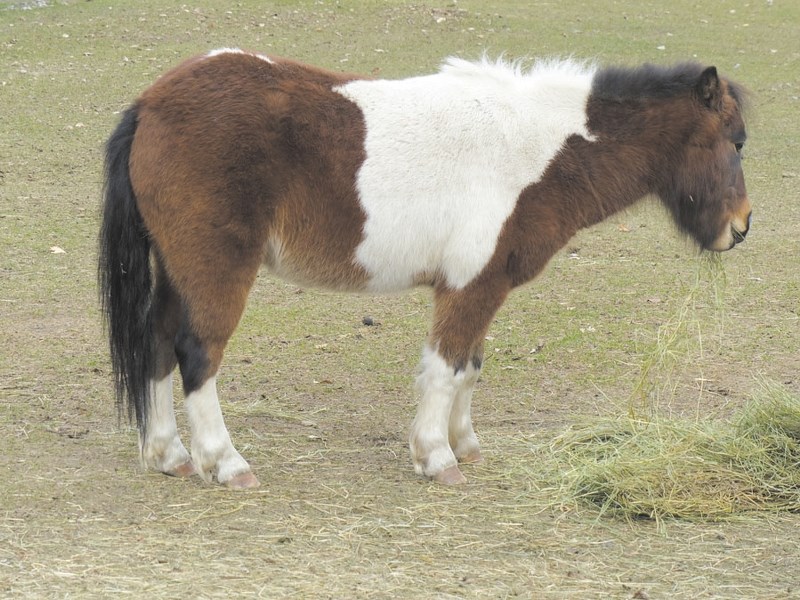Winter is approaching and you need to decide on your strategy for providing the best conditions for your horse as possible.
I frequently have students asking me whether or not to blanket their horses and I relate to them my thoughts and reasons for what I do with my horses. I recently discovered a most interesting article on this very topic with a lot of references supporting the information, and I would like to share the information with my readers. The article, “Thermoregulation in horses in a cold time of year”, is written by Natalija Aleksandrova and is published online in the Holistic Horse and Hoof Care blog. I would be happy to provide details if anyone wants further information.
Basically, the author is an advocate of leaving horses as natural as possible without blankets, no grooming in winter and fed free-choice grass hay 24 hours a day. My own opinion is a variation of this, as I believe there are circumstances when blanketing, grooming and controlling access to hay makes sense for the welfare of the horse. The factual information cited in the article was of particular interest, so I will share the information with my readers.
For a horse to survive, they must keep their internal body temperature around 38C and can handle a narrow range of fluctuations above or below that temperature. Horses around the world live in a wide variety of temperatures and, for the most part, are able to deal with their natural surrounding on their own without seeking a barn or a fabric covering. The horse has developed “extremely efficient anatomical, physiological and behavioral thermoregulatory mechanisms.” Basically, this means our domestic horse has retained the ability to handle a wide variety of conditions that their wild ancestors had to deal with without interference from humans. This includes the amazing winter coat horses develop (based on changing light and temperature) and their ability to raise and lower hairs as required (called piloerection).
In the accompanying photo, you will see the winter coat developing on this little horse – thick, shorter hair and a second layer of longer hair, and a lot of hair on the legs. Also, the hairs of the coat are covered with a slightly greasy substance, which aids the horse in not getting wet down to the skin on rainy or snowy days. I am sure you have noticed times when water runs down the outer, longer hair while the deeper coat remains dry – this is why the article’s author suggests not grooming horses in the winter, as you don’t want to disturb the coating on the hair.
This is all good if your horse has access to outdoor living with pasture, access to shelter from wind and a good water supply. However, many horse owners want to ride/drive throughout the winter and/or they board at a stable with limited space. In those instances you may have little choice in whether you clip, blanket and confine the horse to a stall for portions of the day.
You as the horse owner must make the best decision for the health and welfare of your equine friend.




